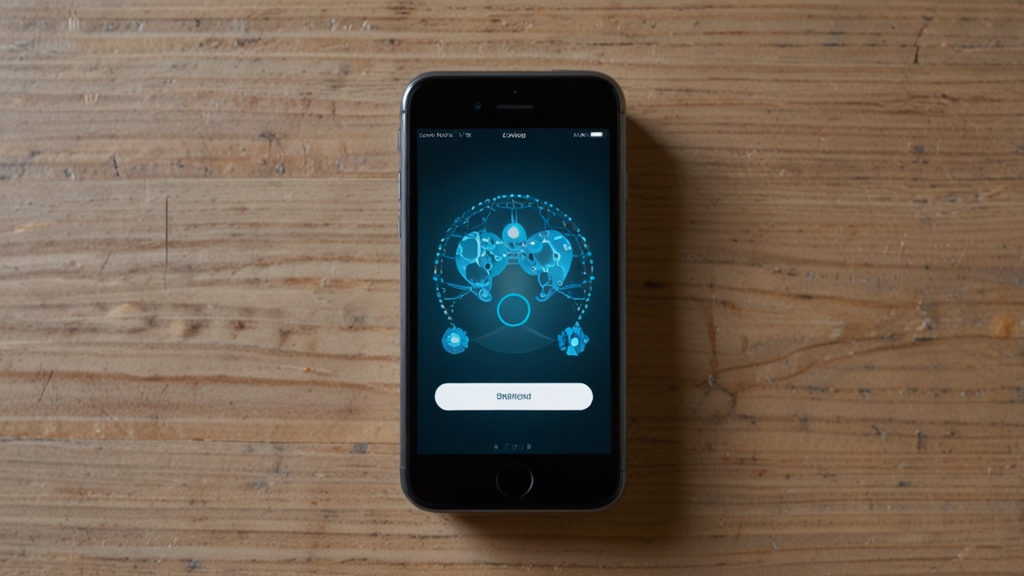The Untold Risks of Internet of Things Devices
The rapid proliferation of Internet of Things (IoT) devices has revolutionized modern convenience, offering unprecedented control over our environment and daily routines. From smart thermostats to connected fridges, IoT devices promise a seamless, interconnected world. However, beneath this veneer of convenience lie several untold risks that can undermine privacy, security, and even physical safety.
Privacy Concerns
One of the most significant risks associated with IoT devices is the potential breach of privacy. These devices collect vast amounts of data about users, often with minimal transparency regarding how that data is stored or used. Whether it's a smart speaker recording conversations or a fitness tracker monitoring movements and health data, the privacy implications are enormous.
“Consumers must remain vigilant about the data collected by their IoT devices. Once this data is out of their control, it can be challenging, if not impossible, to retrieve or delete.” - Jane Smith, Cybersecurity Expert
Moreover, many IoT devices come with default settings that favor maximum data collection. Users often overlook altering these settings, leading to more data being collected than they might be comfortable with, all without their explicit consent.
Security Vulnerabilities
Another pressing concern is the security vulnerabilities inherent in many IoT devices. As these devices often prioritize ease of use and affordability, security features can be an afterthought. Weak passwords, outdated software, and lack of encryption can make IoT devices easy targets for hackers.
For example, compromised smart cameras can provide unauthorized users with direct visual access into homes, posing a serious risk to personal safety. Even less obvious devices, like smart lighting systems, can be hijacked to create havoc, such as manipulating lighting to cause seizures in individuals with photosensitive epilepsy.
“The weakest link in your network will be the point of entry for hackers. Given the widespread adoption of IoT, ensuring these devices are secure is no longer optional.” - David Brown, Network Security Analyst
Impact on Physical Safety
IoT devices also pose potential risks to physical safety. Consider connected cars, for instance. While they offer futuristic conveniences like remote starting and diagnostic monitoring, they also introduce vulnerabilities that could be exploited to remotely control the vehicle. Imagine the catastrophic consequences if a hacker were to take control of a car while it's on the highway.
Similarly, smart home devices such as connected locks could be manipulated to unlock doors in the middle of the night, or smart ovens could be tampered with to create fire hazards. The physical dangers posed by compromised IoT devices are not just theoretical; they are very real and increasingly relevant as our dependency on these devices grows.
Regulatory Challenges
Currently, there are significant regulatory challenges in the IoT domain. Most regions lack comprehensive regulations that mandate robust security features or data privacy protections for IoT devices. Without strong regulatory frameworks, manufacturers have little incentive to go above the minimum requirements in terms of security and privacy protections.
In some cases, efforts have been made to introduce standards and guidelines for IoT security, but these are often voluntary and not enforceable. This creates a fragmented regulatory landscape, making consistent protection across different devices and regions challenging to achieve.
Conclusion
While the benefits of IoT devices are undeniably impressive, the untold risks they pose cannot be ignored. Privacy breaches, security vulnerabilities, and physical dangers are tangible threats that require careful consideration and proactive measures. Consumers must stay informed and vigilant, while manufacturers and regulators need to step up their efforts to ensure these devices offer not just convenience, but also safety and privacy.
“In the rush to adopt the latest technology, we must not lose sight of the fundamental need to protect users. The risks of IoT devices are not just technical problems; they have real-world implications that affect us all.” - Sarah Green, Technology Policy Advisor










